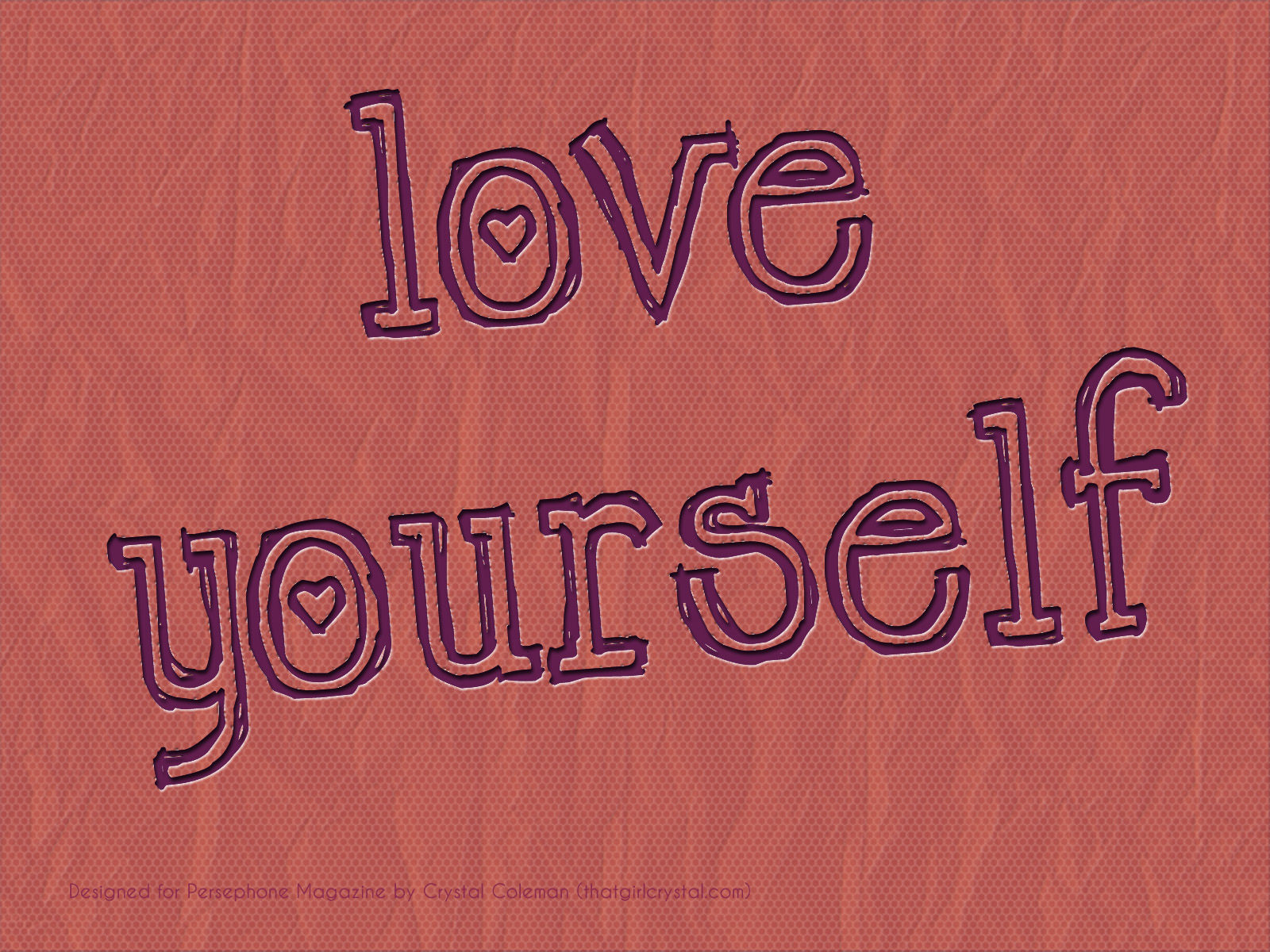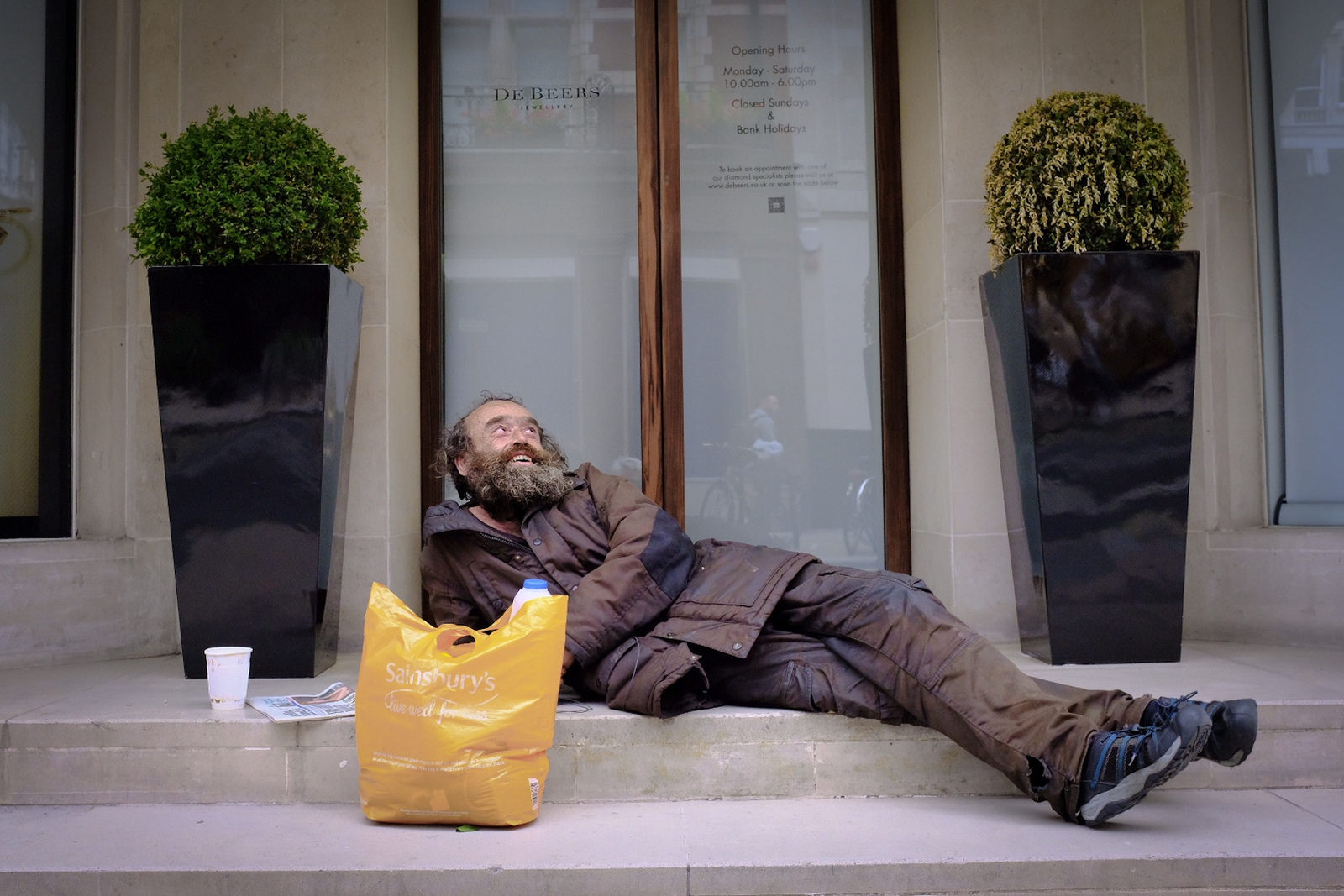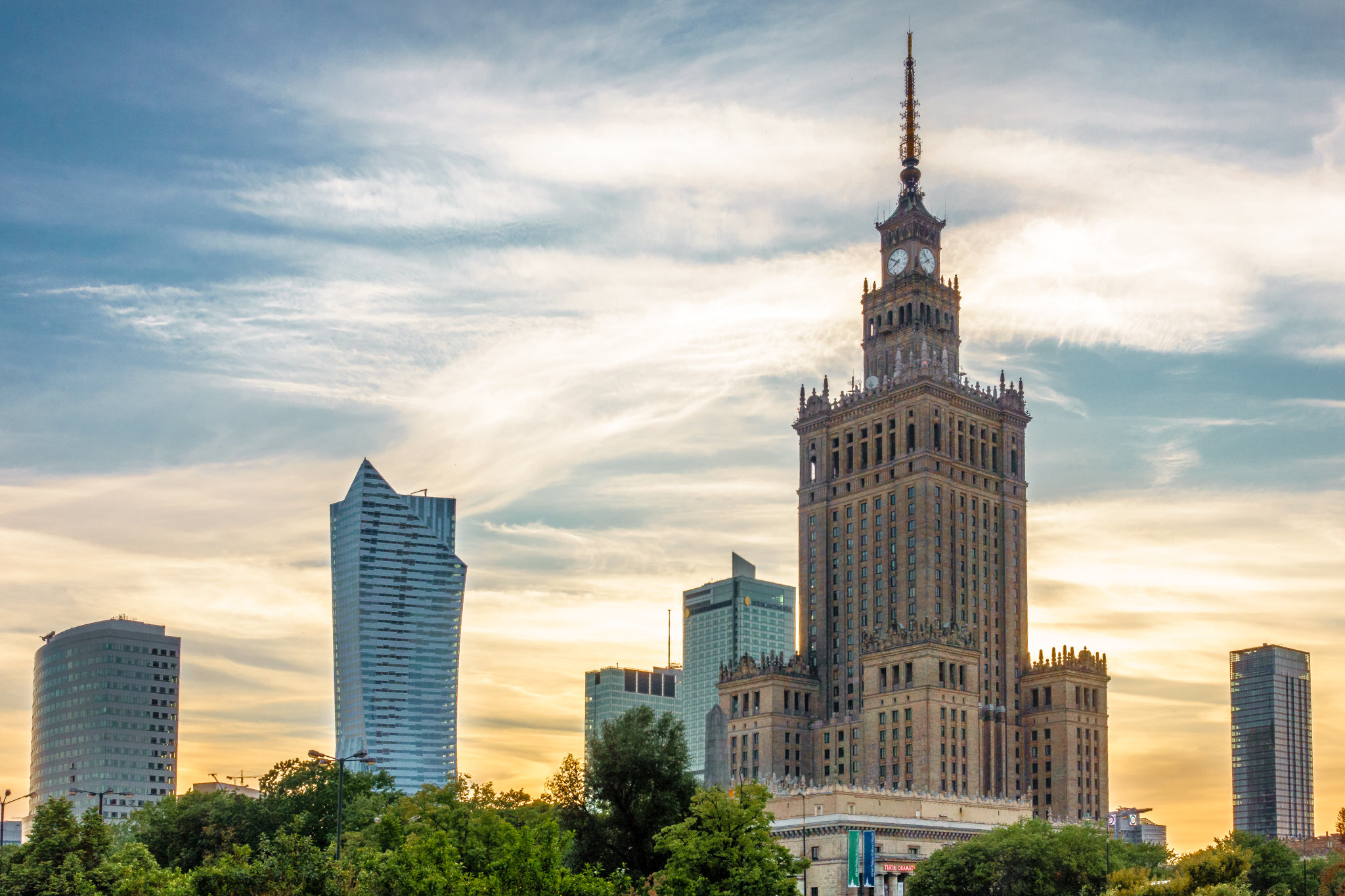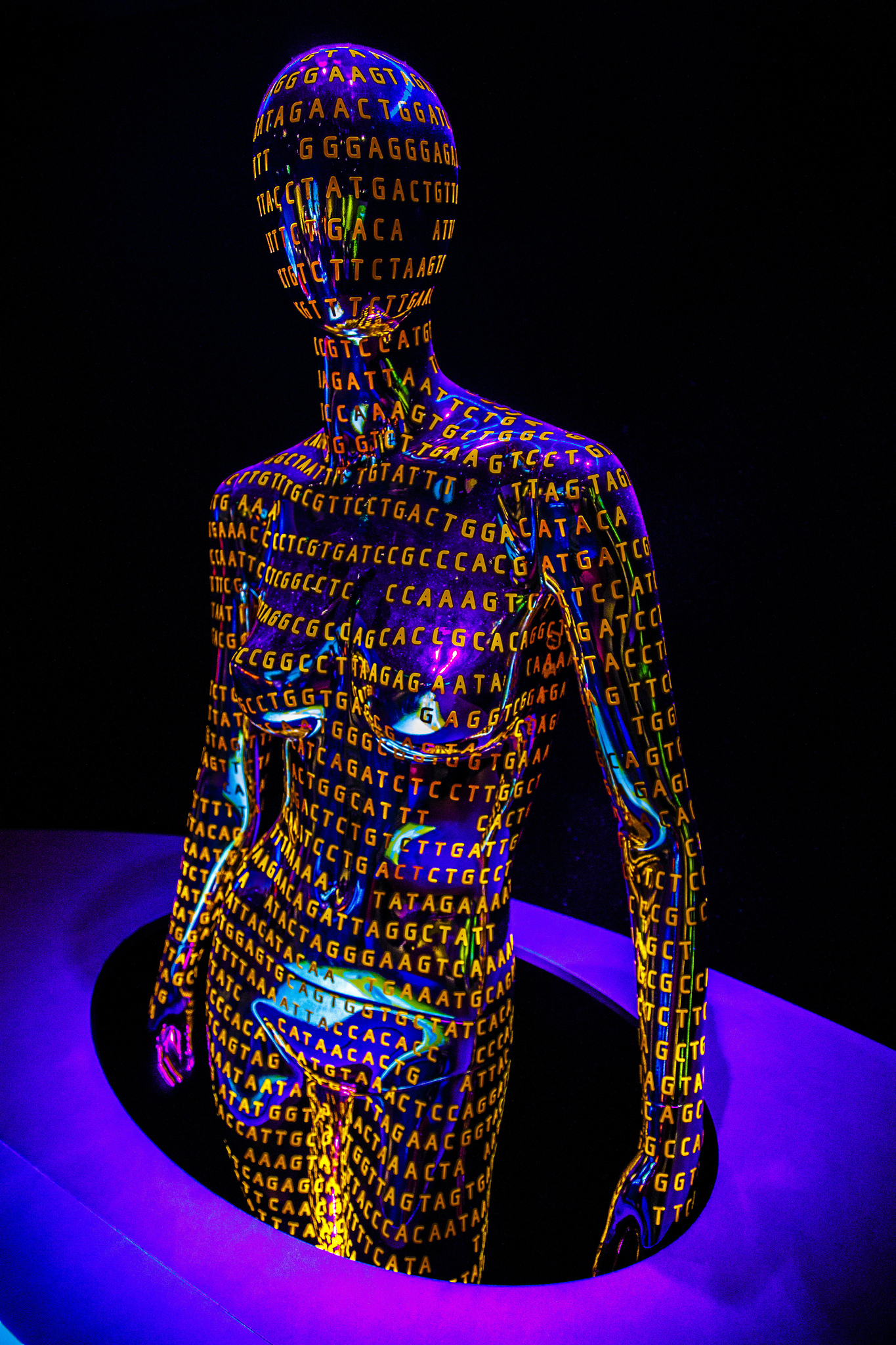Culture binds together the building blocks of our identity. It defines the paths we choose to walk, the people we seek to befriend, and the meaning we place upon our lives.
It is present at every job interview, every birthday, every heartbreak and every wedding. It is the voice in our ear that cautions us when we go against our values, the shoulder that nudges us with soft hands towards tradition. Whether we choose to acknowledge it or not, the fact remains that something so vital to our being also forms the roots of nourishment and support during the most trying times of our lives: ill health.
Think of the word “culture”, and many definitions come to mind. For some, it is a cage; bars that stow rigid beliefs and deep lines of division in the sands. For others, it is a sweet reminder of their childhood, their distant family. A link to their ancestors perhaps, or a nod to the countless sacrifices that so many generations past have made.
Clearly, culture is not a gleaming jewel in itself. There are walls that culture can build – stereotypes, divisions, segregation and war to name but a few. And we must be aware, in this ever-increasingly globalized world, that cultures are not typically singular. Families immigrate and pick up traditions and values as they plant their new lives upon fertile soil. Our beliefs about ourselves and those around us continue to change and transform as we step outside of our boroughs and breathe in new air. It is this mixing of values and beliefs that can help form ties with traditions long lost, offering diversity and different ways of looking at life. For example, Bhui (2011) found that there was a high risk of suicide in South Asian women, but this risk was attenuated when these women were born in the UK. What is it about growing up in the UK that has an impact upon such a profound decision? Or indeed, what is it about growing up in South Asia that directs people down the path of self-destruction? If culture can have an impact on such a deep level, perhaps it is something worth examining.
Are we looking after a sick body or a sick society?
Culture teaches us how to speak, how to act, how to think and how to breathe. The range of emotion we express to our friends, our family and to the public at large is limited by the boundaries of by our cultural habitats. Some cultures place emphasis on dignity and self-reservation – of being stoic in times of difficulty. Others may open arms wide, taking in grief and self-loathing, pity and joy, stirring these feelings into a melting pot of human life, rich in colour. The more we learn about our culture, the more we learn about ourselves – the way we think, what we think, why we think the things we think. Not only is this important for us as individuals, allowing us to grow and change, but it is also important for us as clinicians, when we are charged with the task of rebuilding and restoring these things when they inevitably fall apart.
We, as healthcare professionals may continue to learn from our textbooks about drugs and their effects, but in a world transformed by increased living, both quantitatively and qualitatively, perhaps it is no longer drugs that matter to our patients, but how we choose to approach our decaying bodies.
It is culture that shapes the way we face our woes and despairs. During the moments of agony, of aches and pains, it is culture that provides the lens through which we view ourselves. Do we remain stoical, chuckling heartily at the jokes juggled around by the nursing staff, or do we sit down with our head in our hands, so consumed by our grief that our need to wear a mask is but a luxury of a world far away. In the end, it is up to the doctor, the nurse, the healthcare professional to explore and understand how it is the patient views themselves, their body and the world around them. We can do this gently, by probing into the innermost recesses of our patients’ lives – encouraging a conversation, engaging in questions that touch at the heart of the person:
What do you do to stay healthy?
What does illness mean to you?
Who are your social supports?
How do you view doctors and medications?
We must remember that medicine is not a dogma upon which we pontificate. People may have differing beliefs about their illness, and in the end, these may be the only things left to tie their hopes to. For example, some people in India may use karma to explain illness, underlying their deeply religious and spiritual background (Fernando 2012). In the Western nations, where society has gradually built its walls between thyself and thy neighbours, people may return to their GP again and again with vague complaints, when the underlying problem may be psychosocial. This idea is illustrated beautifully in the following blog post: https://abetternhs.wordpress.com/2013/05/04/loneliness/
Although bodies have signs and symptoms, only people become sick.
Nichter 2010 described five expressions of idioms of distress:
- Medicine-taking behaviour: requests for prescriptions, self-medication
- Biomedical disease nomenclature: associating distress with disease
- Diagnostic tests: expressing distress to others by taking tests
- Healthcare-seeking: searching for a practitioner and a diagnosis
- Changes in consumption patterns: e.g. increased smoking – distress communicated nonverbally
As we can see, people seek help for a variety of reasons. It may not be as simple as a quest for a prescription, for a scan or a blood test. By focusing only upon these rigid scientific measurements, you lose what it means to be a patient – to suffer. This is a loss not only for the patient, but for the clinician and for the healthcare system. When the physician becomes a robot, with an ever-increasing checklist to tick through, or list of procedures to complete, the vital relationship between doctor and patient is lost. This is the relationship upon which lies the patient’s hopes, fears, trust, and beliefs. When this relationship begins to wither, with it goes compliance and faith in the healthcare system – the willingness to step in front of a clinician and say ‘I need help.’
Of course, taking into account such a colossal term as ‘culture’ and applying it to each and every patient, one after another, day in day out, is not an easy task. Try as we may, the largest part of our curriculum is based on the medications we administer, the scans we perform, the blood tests we order. Our training in the scientific and technical fields gives us our title and our role. It takes a lot of courage, determination and compassion to go beyond these components of the therapeutic relationship, and explore our patients as whole persons with equal parts body, mind, and spirit. To help expand upon this, Blumhagen (1962) cited in Parry (1984) compiled some sample questions:
What do you think has caused your problem?
Why do you think it started when it did?
How severe do you think your illness is?
What do you fear most about your illness?
What are the chief problems your illness has caused for you?
What are the most important results you hope to get from treatment?
The Culture of Healthcare
I have spoken much about the cultures in which our patients present themselves. However, we too are human beings, which means we too are subject to cultural conditioning. We are part of the culture of healthcare, which has biases all its own. In a world that has become and continues to become transformed by multiculturalism, it can be easy for doctors to feel alienated from patients. After all, we cannot hold the same beliefs as every single one of our patients. It is not similarity of beliefs that is required, but an understanding and an appreciation. What patients want isn’t a parrot to recite back their own ideals, but a person who is able to accept the world in which they reside, respecting the decisions they make with an appreciation of the diversity of human life. And perhaps, through this understanding, a truly patient-centered approach can be adopted, in which it is the patient’s belief that takes precedent, and not those written down in a textbook by a retired professor. To reach this level, there is but one obstacle: ourselves. We need to become aware of our own biases –what makes us tick, what prejudices we hold, what makes us squirm, what opens our heart and makes it beat. Once we begin to learn more about ourselves, we can then take the step to learn more about our patients and the lives they lead.
If we do not take these steps to gain a greater understanding of our own being, then the outcome can only be confusion, unease and distress. One example of this is the release of the National Mental Health Program in 2002 by the Indian government, which placed emphasis on psychotropic medication. Jain and Jadhav (2009) argued that this focus on medication silenced the voices of the community. They noticed that social workers in rural villages took histories of patients, decontextualizing the symptoms into a list from which the doctors could make a diagnosis. The symptoms of the patients were seen through a biomedical lens, and clinical dialogues were structured around compliance. The medication eventually served as a boundary, with psychologists and social workers seen as assistant doctors– the power lying in the hands of the prescribers. The clinicians were alienated from the daily lives of their patients, ignoring the idioms used by their patients to describe their suffering.
What do we do?
Although physicians may memorize lists of cultural attributes, we must not forget the individuality of each patient. Families can adopt new values that may not always be tied to their heritage. Alas, culture is an ever-sticky concept – yet if it were anything else it would not be human.
So what can we do? We can acknowledge the person sitting in front of us in their entirety. We can become aware of any judgments that may cross our mind, and fix our eye on the person with open curiosity. We can learn from our patients, and allow them to teach us how we can best help them. They are the experts in the room.
References
Bhui, K. 2002. Explanatory models for mental distress: implications for clinical practice and research. The British Journal of Psychiatry. 181:6-7
Bhui, K. 2011. Cultural psychiatry and epidemiology: Researching the means, methods and meanings. Transcultural Psychiatry. 48:90-103
Campbell, C., Burgess, R. 2012. The role of communities in advancing the goals of the Movement for Global Mental Health. Transcultural Psychiatry. 49: 379-395
Chau, R.C.M., Yu, S.W.K., Tran, C.T.L. 2010. The diversity based approach to culturally sensitive practices. International Social Work. 54:21-33
Fernando, G.A. 2012. The roads less traveled: Mapping some pathways on the global mental health research roadmap. Transcultural Psychiatry. 49:396-417
Ganzer, C., Ornstein, E.D. 2002. A sea of trouble: A relational approach to the culturally sensitive treatment of a severly disturbed client. Clinical Social Work Journal. 30:127-144
Jain, S., Jadhav, S. 2009. Pills that swallow policy: clinical ethnography of a community mental health program in Northern India. Transcultural Psychiatry.46:60-85
Kleinman, A., Benson, P. 2006. Anthropology in the Clinic: The Problem of Cultural Competency and How to Fix It. PLOS Medicine. 3:e294
Lee, E. A working model of cross-cultural clinical practice (CCCP). Clinical Social Work Journal. 40:23-36
Nichter, M. 2010. Idioms of Distress Revisited. Culture, Medicine and Psychiatry.34:401-416
Parry, K. 1984. Concepts from Medical Anthropology for Clinicians. Physical Therapy. 64:929-933
Swartz, L. 2012. An unruly coming of age: The benefits of discomfort for global mental health. Transcultural Psychiatry. 49:531-538
Featured image:
The palace of culture – Warsaw, Poland – Travel photography by Giuseppe Milo







